Solid foundation but great challenges
According to the Prime Minister, in 2024, we made a mark by achieving all 15/15 main targets, of which 12 targets exceeded the set target. Specifically, the GDP growth rate reached 7.09%, bringing the economic scale to 476.3 billion USD, rising to 32nd place in the world. GDP per capita reached 4,700 USD, approaching the upper middle-income threshold. Inflation was controlled at 3.63%, creating room for flexible monetary policy management. State budget revenue reached a record of more than 2 million billion VND, exceeding the estimate by 342.7 trillion VND, despite exempting, reducing, and extending 197.3 trillion VND in taxes, fees, and land rents. Trade surplus of 24.8 billion USD and realized FDI capital of 25.4 billion USD, affirming Vietnam's position in the global supply chain...
In 2025, the National Assembly set a growth target of 8% or more to create the premise for higher growth in the following years. However, economic growth in the first quarter of 2025 only reached 6.93%, lower than the target of 8%, requiring the remaining quarters of the year to grow by about 8.4%. According to Chairman of the Economic and Financial Committee Phan Van Mai, the world economy is facing many challenges, from trade wars, geopolitical tensions, to the new US tariff policy, putting pressure on supply chains and trade flows. Domestic consumption is growing slowly, with retail sales of goods in the first quarter of 2025 increasing by only 5.6% if excluding price factors. The private economic sector has not made a breakthrough in scale and competitiveness, with an average of 26.3 thousand enterprises withdrawing from the market each month. Public investment disbursement progress reached 9.53% of the plan as of March 2025, lower than the 12.27% rate in the same period in 2024, showing that public investment momentum has not been fully exploited.
The Prime Minister emphasized the implementation of Resolution 57-NQ/TW on breakthroughs in science , technology and digital transformation, with the goal of allocating 3% of the total state budget expenditure in 2025 to these areas. However, the Economic and Financial Committee warned that budget disbursement for science and technology has been slow over the past years, requiring ministries, branches and localities to take full responsibility to ensure effective use of capital. Promoting digital transformation, implementing Project 06, and applying artificial intelligence in state management will support monetary policy by enhancing financial transparency and efficiency.
The financial and monetary markets also face risks such as bad debt pressure, rising gold prices, real estate bonds accounting for 64% of the total maturity value in 2025... These challenges require monetary policy to be managed flexibly, closely coordinated with fiscal policy to maintain macroeconomic stability and promote growth.
Monetary policy is identified as one of the main pillars to achieve the growth target of 8% by 2025. With inflation controlled at 3.2% in the first 4 months of 2025, the State Bank has room to operate monetary policy proactively, flexibly, and effectively. Stable exchange rates, continued decline in lending interest rates, and positive credit growth have created a solid foundation. In addition, budget revenue in the first 4 months reached VND944 trillion, equal to 48% of the year's estimate and up 26.3%, demonstrating the ability to coordinate between monetary and fiscal policies to support growth.
Monetary policy will be operated flexibly, prioritizing interest rate reduction and credit expansion for production and business. |
Flexible monetary policy towards growth
Despite many positive results, the Prime Minister also acknowledged that macroeconomic management still faces many challenges, especially in the context of the global trade war and the new US tariff policy. GDP growth in the first quarter of 2025 has not met expectations, while domestic consumption has increased slowly and exports are heavily dependent on the FDI sector. Low public investment disbursement and slow recovery of the real estate market... continue to be bottlenecks, requiring monetary policy to coordinate closely with other solutions to unlock resources.
To overcome the challenges, the Government has proposed a series of synchronous solutions. Accordingly, monetary policy will be flexibly managed, prioritizing interest rate reduction and expanding credit for production and business. Preferential credit packages will be implemented quickly, focusing on strategic infrastructure, digital technology, and social housing. Diversifying export markets and taking advantage of 17 signed FTAs will reduce dependence on large markets, while promoting trade and stimulating domestic consumption will boost purchasing power. The Government also committed to negotiating with the United States in the spirit of “harmonized benefits - shared risks”, and at the same time developing a Decree on strategic trade control to enhance the competitiveness of Vietnamese goods.
Monetary tools will be used to regulate exchange rates and interest rates appropriately, meeting capital needs for the economy, especially in priority areas such as strategic infrastructure, production and business, and high technology. The credit growth target for 2025 is over 16% - higher than the 5% of 2024, to promote production, consumption, and exports. Preferential, long-term credit packages have been and will continue to be deployed for investment in infrastructure, digital technology, forestry, aquaculture, wooden furniture, and social housing, etc.
The Prime Minister emphasized the implementation of Resolution 57-NQ/TW on breakthroughs in science, technology development and digital transformation, with the goal of allocating 3% of the total state budget expenditure in 2025 to these areas. However, the Economic and Financial Committee warned that budget disbursement for science and technology has been slow over the past years, requiring ministries, sectors and localities to take full responsibility to ensure effective use of capital. Promoting digital transformation, implementing Project 06, and applying artificial intelligence in state management will support monetary policy by enhancing financial transparency and efficiency. |
The Economic and Financial Committee agrees with this direction of the Government, and emphasizes that it is necessary to encourage credit institutions to share profits by reducing lending interest rates to further support businesses to overcome difficulties. However, the Committee also notes that the financial market needs to be closely monitored to control risks, especially bad debts and pressure on real estate bond maturity. The management of the gold market also needs to be improved to reduce price fluctuations and ensure stability in the currency market.
Monetary policy not only focuses on credit growth but also aims to develop a healthy financial market. The Prime Minister said that capital mobilization channels will be diversified and corporate bond risks will be controlled. In addition, striving to upgrade the Vietnamese stock market in 2025 will create more long-term capital mobilization channels, reducing dependence on bank credit. At the same time, credit institutions implementing preferential credit packages for students, students, and postgraduates in technology, engineering, and basic sciences will support the development of high-quality human resources, contributing to long-term growth.
The Chairman of the Economic and Financial Committee proposed strengthening financial discipline, tightening regular expenditures, and expanding fiscal policies to promote investment and development. The disbursement of public investment capital needs to reach at least 95% of the plan, with a strict inspection and supervision mechanism. The Government needs to report in detail on bad debts and real estate bonds to have solutions to control risks. Continuing to reform administrative procedures, reduce compliance costs, and perfect the legal framework on science, technology, and digital transformation will create a favorable environment for businesses and people.
Source: https://thoibaonganhang.vn/chinh-sach-tien-te-2025-dong-luc-dat-muc-tieu-tang-truong-8-163902.html


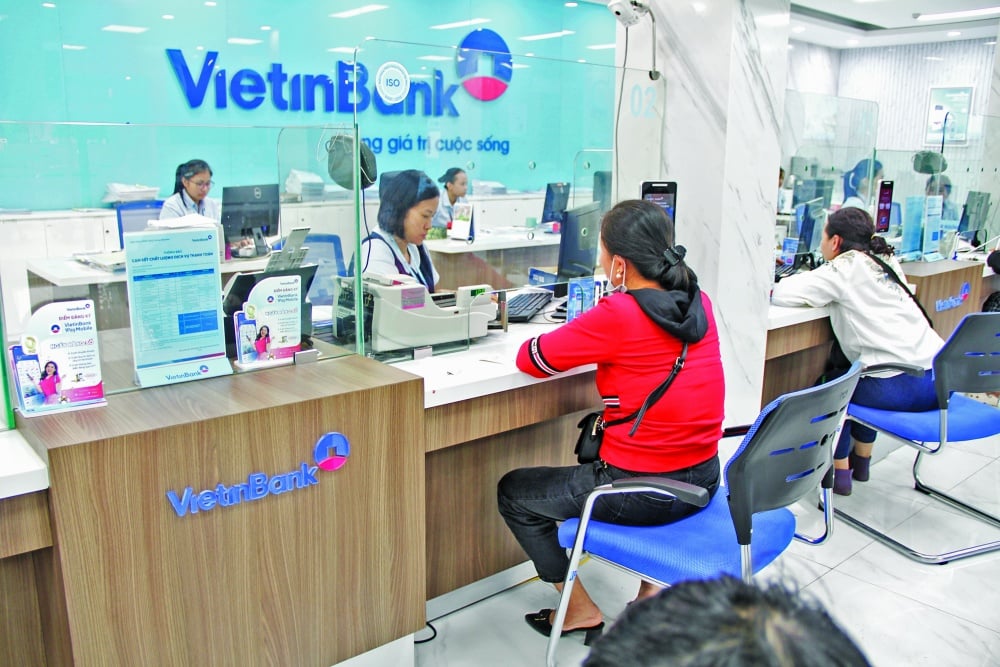
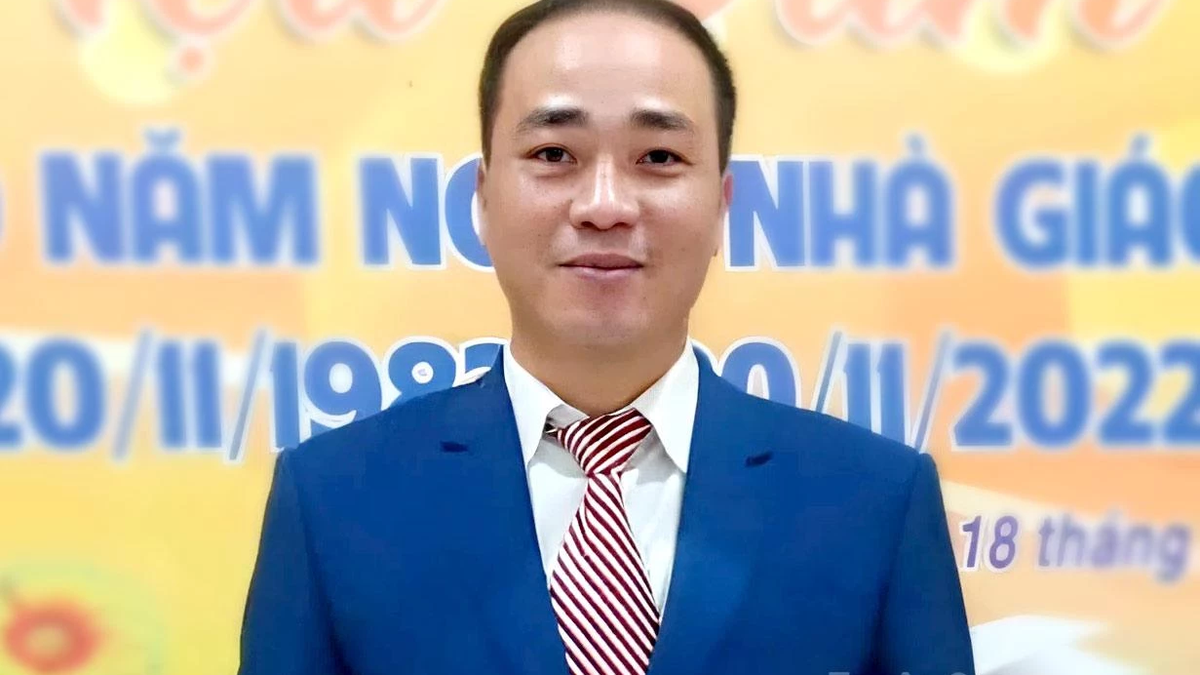






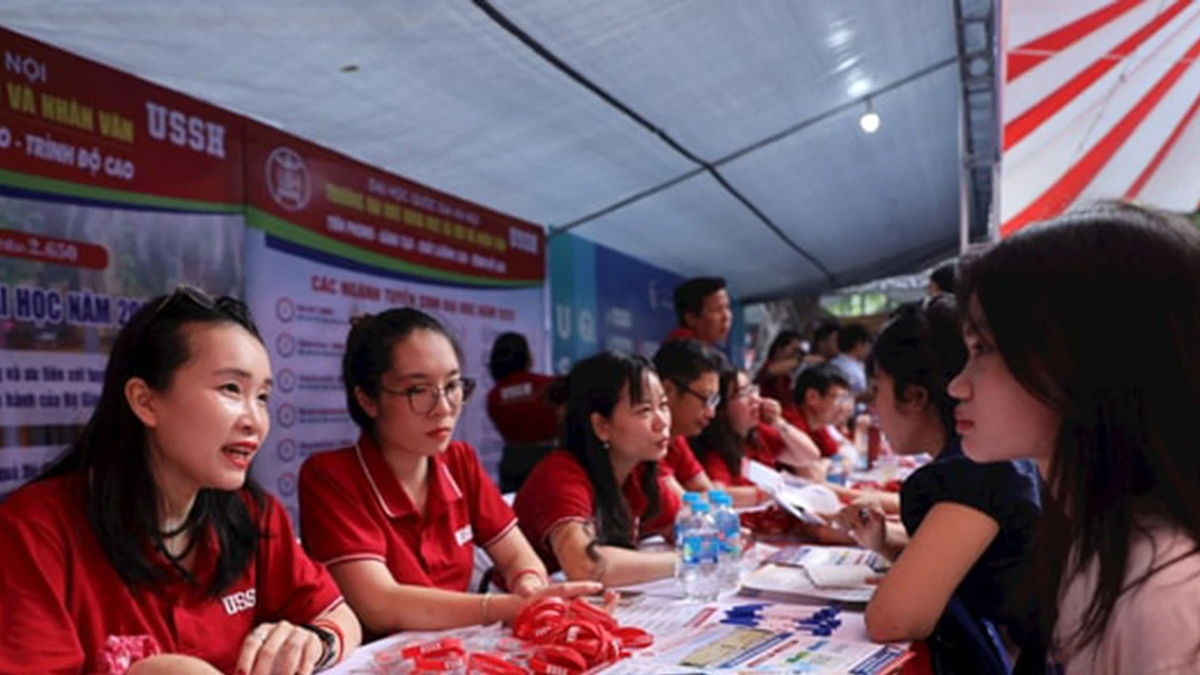
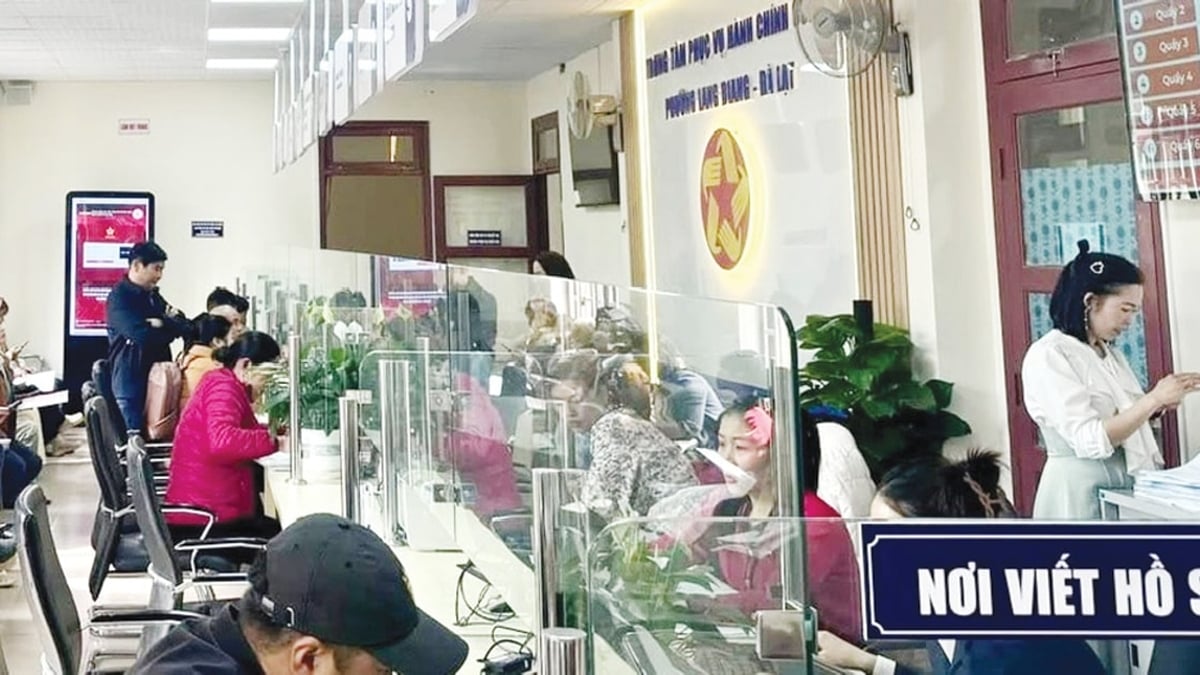
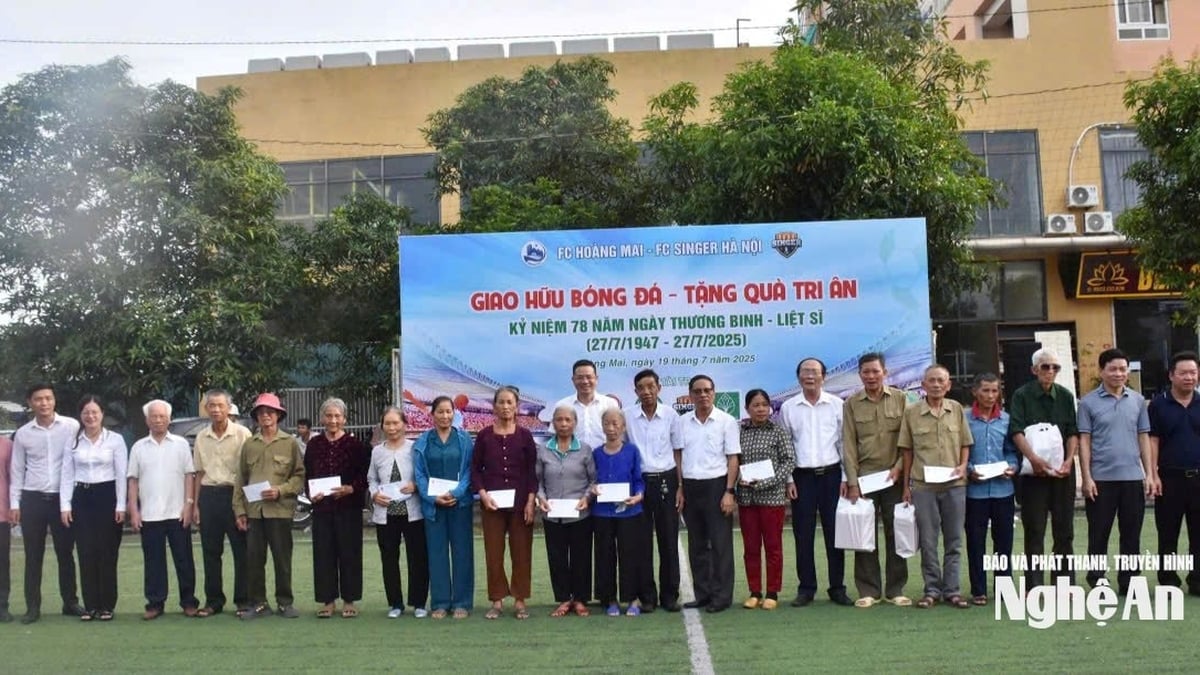


















































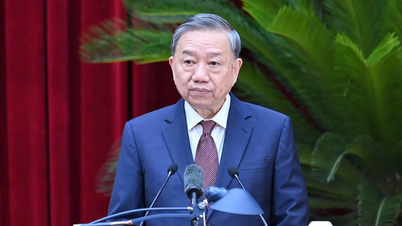
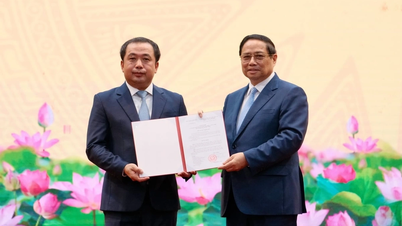
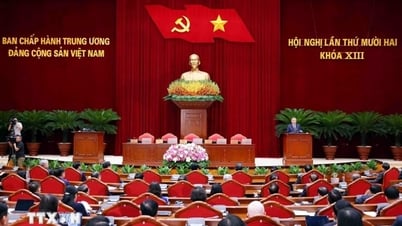





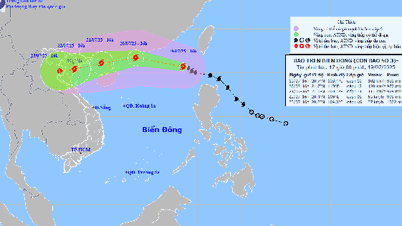




























Comment (0)